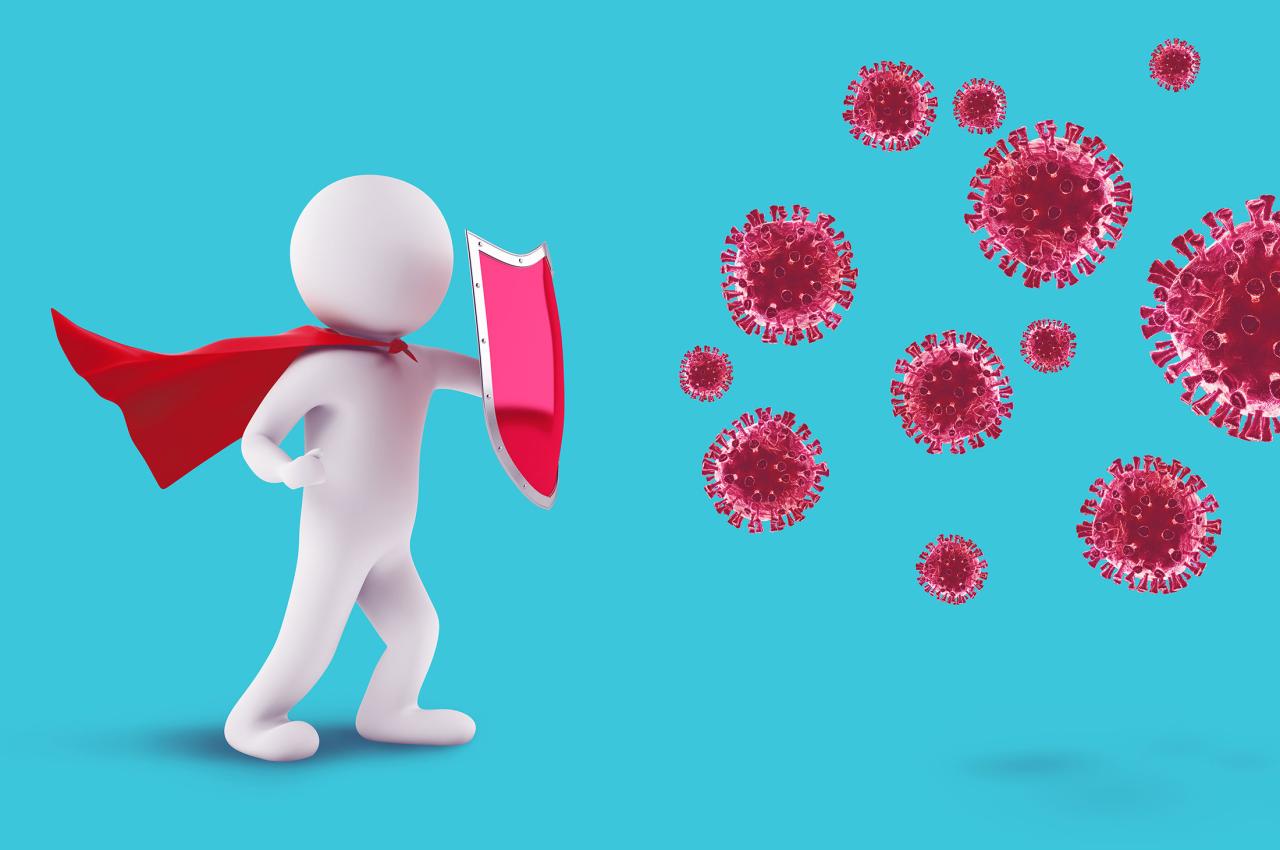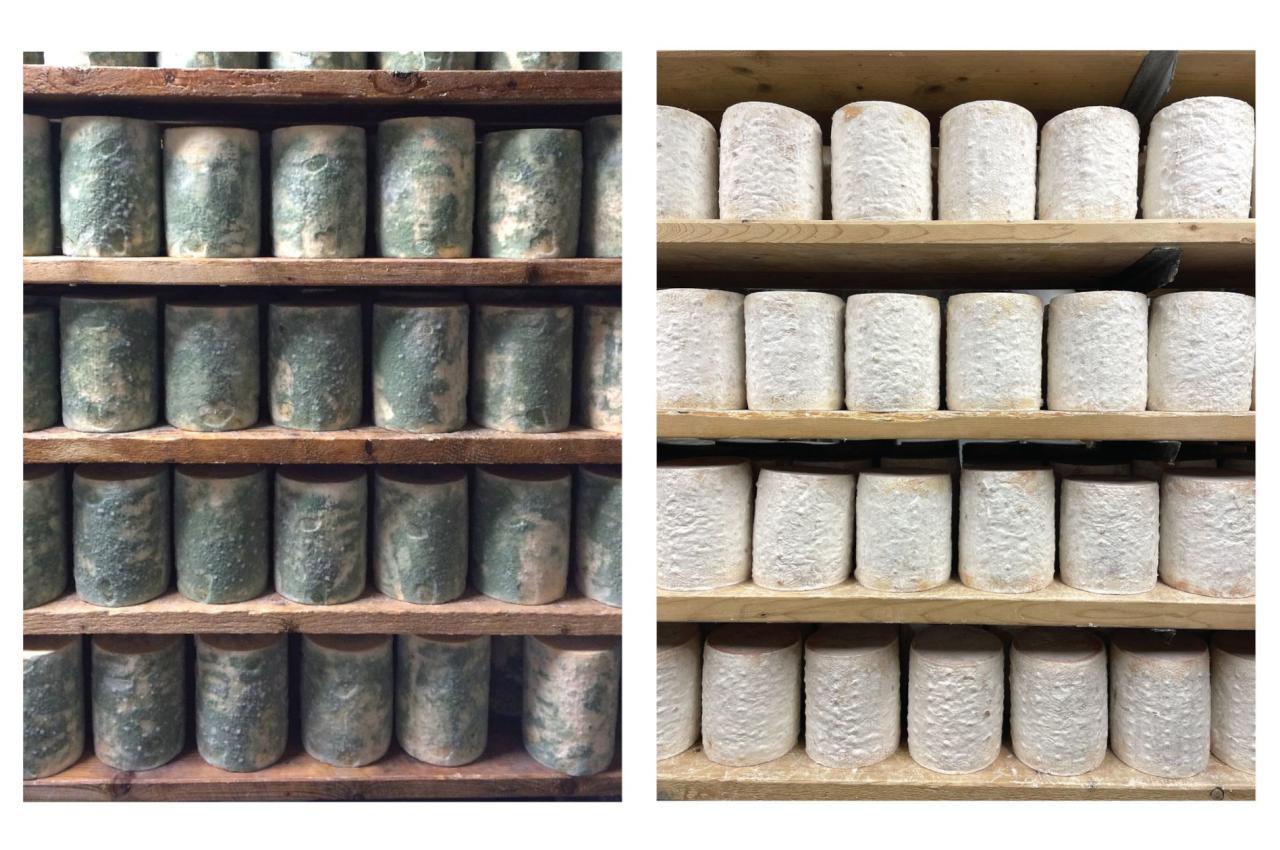Sexual Misconduct Prevention Through Skill Building and Culture Change
If you’ve ever been to a party on the Tufts campus, you’ve probably noticed giant green dots on the walls.
“They’re neon,” explains Will Garvin, A25, “so they’re really noticeable.”
Look a little closer and you’ll see phone numbers written on those giant dots. Those are numbers that partygoers can text or call for help if they find themselves in an uncomfortable or potentially threatening social situation. “Sober monitors”—other party attendees who agree to stay sober during that event and who have been trained to intervene—respond to the texts or calls.
“When you’re hosting an event, you want to make sure that every single person who comes feels welcome and safe,” Garvin says.
A future captain of the men’s golf team, Garvin is also the events coordinator of Tufts’ student-led Green Dot initiative. A national movement with groups at universities, high schools, workplaces, government offices, and community centers around the country, Green Dot focuses on training individuals to prevent and respond to sexual harassment and violence.
Backed by independent research, Green Dot is the only intervention program recognized by the U.S. Centers for Disease Control and Prevention as effective in increasing active bystander behaviors among college and high school students.
At Tufts, where students have used the Green Dot program at events since 2014, the hope is not only to empower active bystanders but also to create a large-scale commitment to the prevention of sexual misconduct on campus.
“Green Dot is both reactive and proactive,” explains Alexandra Donovan, director of the university’s Center for Awareness, Resources, and Education (CARE), which runs Green Dot. “The reactive side is, if something is happening in front of me, what can I do to interrupt and prevent it? The proactive side is, what in our culture allows this to happen, and how can student leaders start to address behaviors that lead to misconduct?”
Tufts’ Program Stands Out
Conor Moore, A24, co-coordinator of Green Dot’s student executive board, has been training his fellow Tufts students in the Green Dot approach since his sophomore year. Green Dot relies on “the Three D’s”: distract, delegate, or be direct. Each “D” gives a bystander a practical, skills-based option for interrupting a potentially negative interaction.
Examples of distracting include “accidentally” spilling your drink, dancing wildly to get people to look at you, or flicking the lights and stopping the music, Moore explains. To delegate, you could ask a fellow partygoer or sober monitor to intervene in a situation; to be direct, you could approach two people in a possibly uncomfortable situation and ask where the bathroom is or tell one person someone else is looking for them.
While the Three D’s are part of the national movement’s training curriculum, the program at Tufts is unique, Moore says.
That’s partly because, in an effort to create a campus culture that proactively discourages sexual misconduct, Tufts’ Green Dot trainings go beyond practical strategies for intervening to incorporate wide-ranging discussions about power structures within groups.
For example, in a recent training with the men’s rowing team, Moore and fellow trainers split the group into first-years and everyone else. Dividing up the group gave first-years the space to consider if they’d feel comfortable speaking up upon seeing an older teammate causing harm.
“When you’re brand-new on campus and the first people you meet are your teammates, who are all older than you, it’s not easy to speak up,” Moore says. “We recognize that and bring it into open discussion so people will feel empowered.”
For Donovan, what sets Tufts’ program apart is the structure that upholds its trainings. There are 28 students on the Green Dot executive board who meet weekly to talk about possible events and other plans. They also have student trainers, a social media team, and a reps team.
The reps team is made up of students from each athletic group on campus and students from each Greek organization. Those representatives act as a bridge between Green Dot and their organizations.
“If the teams, fraternities, or sororities need us, they have immediate access through their reps; vice versa, if we hear about a party that had issues, we have immediate access to them,” explains Donovan. In addition, reps continue the Green Dot conversation with their groups after trainings, bring ideas for events to the executive board, and come together as one large entity for meaningful discussions.
Everyone Knows About Green Dot
There’s one other thing that makes Tufts’ program distinctive: its popularity. “We have tremendous outreach on campus,” Garvin explains. “When I talk to athletes at other schools, it’s clear that the number of students who know about Green Dot here is huge—there are many people committed to the cause.”
That high degree of awareness is the result of several initiatives. First, in 2021, to meet an NCAA mandate that all participating colleges and universities must include sexual assault programming each year for their varsity sports teams, Tufts’ athletics department turned to Green Dot’s training program.
In addition, last year, the university’s student senate ratified a new constitution that included a provision requiring all student organizations on campus to receive Green Dot training. That gave Green Dot access to a host of student groups with which it hadn’t previously connected.
Moreover, Green Dot is very visible—literally—on campus. The organization holds an annual Green Dot Day, during which the student body wears greens, sports teams incorporate green into their game uniforms, and tables around campus celebrate the group and its mission.
Last but not least, there’s the stickers.
“Everywhere you go you see our stickers,” Moore says. Extremely popular on campus, Green Dot’s stickers change from year to year, and people anticipate the new designs. “I’ve even heard of students collecting them all,” Donovan says. Moore adds, “They’re on people’s water bottles and computers, they’re all around campus. It’s great, because it means people know about what we do, they know what the green dots on the walls at parties are for, and they want to be involved.”
Latest Tufts Now
- Yes, It’s Safe to go to the Dentist When You’re PregnantIn fact, good oral health contributes to better outcomes for mothers and babies
- One in Three Young Adults Skip the Dentist, and That’s a ProblemA new study reveals how barriers to oral health differ across generations, putting young adults at greater risk for future health problems
- The Big Cover UpArtist Beverly Semmes’ oversized dresses and painted-over photographs anchor a career-spanning exhibition of the alumna’s work
- The Darker Side of CollaborationA Fletcher School professor unpacks why partnerships often falter and what it takes to build alliances that last
- Breaking Down the Layers of the Immune SystemA look at how the body’s multi-pronged defenses work, plus advice from an immunologist on how to strengthen them
- Cheese Fungi Help Unlock Secrets of EvolutionColor changes in fungi on cheese rinds point to specific molecular mechanisms of genetic adaptation—and sometimes a tastier cheese













